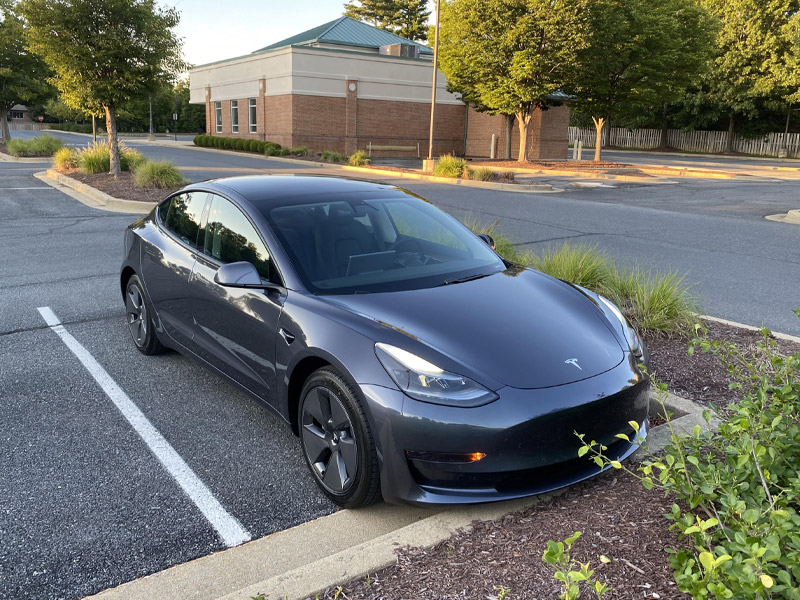A Sharp Decline in Car Shipments Recent data reveals a staggering drop of more than 70% in vehicle shipments to the United States, signaling potentia
A Sharp Decline in Car Shipments
Recent data reveals a staggering drop of more than 70% in vehicle shipments to the United States, signaling potential turbulence ahead for the automotive sector. Among the most affected is Tesla’s Cybertruck, which is reportedly sitting on an inventory of approximately 10,000 units—a stockpile that translates to about six months of supply at current sales rates, even after a brief production pause.
But this issue isn’t isolated to Tesla. Industry-wide metrics indicate significant slowdowns for several manufacturers, including Ram, Mitsubishi, and Infiniti, pointing to a broader trend of decreased movement across the board.
Why This Matters
1. Production and Supply Chain Challenges
The steep decline in shipments may reflect ongoing manufacturing hurdles, parts shortages, or international shipping constraints. It suggests the auto industry hasn’t fully stabilized post-pandemic and could be facing renewed operational pressures.
2. EV Inventory Surplus
The Cybertruck’s backlog exemplifies a challenge faced by EV manufacturers: supply outpacing demand. With more vehicles than buyers, brands may be forced to offer discounts or revise pricing strategies—something legacy automakers and even Tesla have historically tried to avoid.
3. Impact on Consumers
Fewer new vehicles entering the market could lead to:
-
Higher prices for available models
-
Longer wait times for custom orders
-
Increased demand in the used car market
While some buyers might be willing to wait or pay more, others could shift to pre-owned vehicles or delay purchases altogether—impacting dealer revenues and market dynamics.
Industry Outlook: Key Trends to Watch
| Trend | Why It Matters |
|---|---|
| Tesla’s Pricing Strategy | A growing inventory may force discounts or sales incentives |
| Updated Shipment Reports | Future data could confirm whether this is a temporary blip or a lasting pattern |
| Dealer Reactions | Response from major brands could influence pricing and inventory decisions nationwide |
Bottom Line
The sharp reduction in vehicle shipments to the U.S. is more than a supply hiccup—it’s a warning sign. With key models like the Cybertruck accumulating in lots and major brands seeing slowdowns, the automotive landscape may be on the verge of a shift. How manufacturers and consumers react in the coming months could reshape pricing, production plans, and long-term market strategies.


COMMENTS